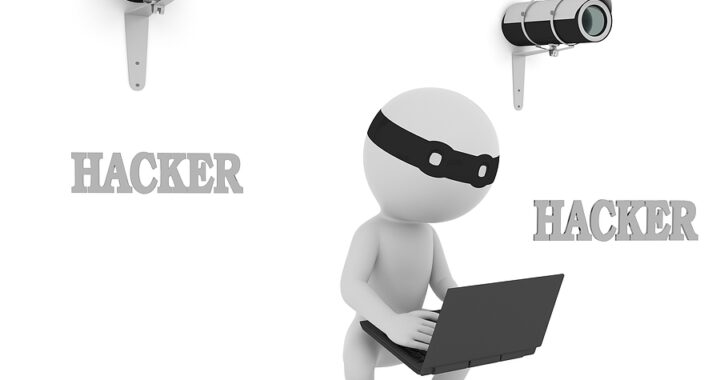
3d people – man person with toolbox and wrench. Engineer
In an era where digital threats are constantly evolving, enter the cybersecurity audit to identify your need for robust cybersecurity measures. It has never been more pressing for small and medium-sized enterprises (SMEs) and nonprofit organisations.
The digital landscape is a battlefield, with unseen threats lurking in every corner, ready to exploit any vulnerability. It’s a world where being proactive is not just an option, but a necessity for survival. Enter the opportunity of a lifetime for SMEs and nonprofits in Canberra: a free cybersecurity audit offered by Care Managed IT.
This isn’t just any audit.
It’s a comprehensive review, a deep dive into the very heart of your organization’s cybersecurity defenses.
It’s an opportunity to uncover hidden vulnerabilities, to fortify your defenses against the cyber threats of today and tomorrow.
Why is this audit essential?
Cyber attacks don’t discriminate based on the size or type of organization.
Every day, businesses fall prey to cybercriminals, resulting in financial loss, damage to reputation, and in some cases, irreversible harm.
The common misconception that “it won’t happen to us” is a dangerous gamble in a world where cyber threats are becoming increasingly sophisticated.
But it’s not just about protecting your digital assets.
It’s about maintaining the trust of your clients, your employees, and your stakeholders.
It’s about ensuring the continuity of your operations and safeguarding the future of your organization.
This free cybersecurity audit is the first step towards achieving that security.
The audit process is straightforward and non-intrusive, conducted by seasoned professionals who understand the unique challenges faced by SMEs and nonprofits.
They provide not just an assessment, but a pathway to enhanced security, tailored specifically to your organization’s needs.
The free cybersecurity audit offered by Care Managed IT is more than a service; it’s a strategic move towards a more secure future for your business.
It’s an investment in peace of mind, in reliability, and in the longevity of your enterprise.
For managers, owners, C-suite executives, and board members, this is a call to action – to take control of your cybersecurity and ensure the safety of your digital frontier.
Do your self-assessment now – the A.C.T.I.O.N. Plan or the vCISO Diagnostic.









